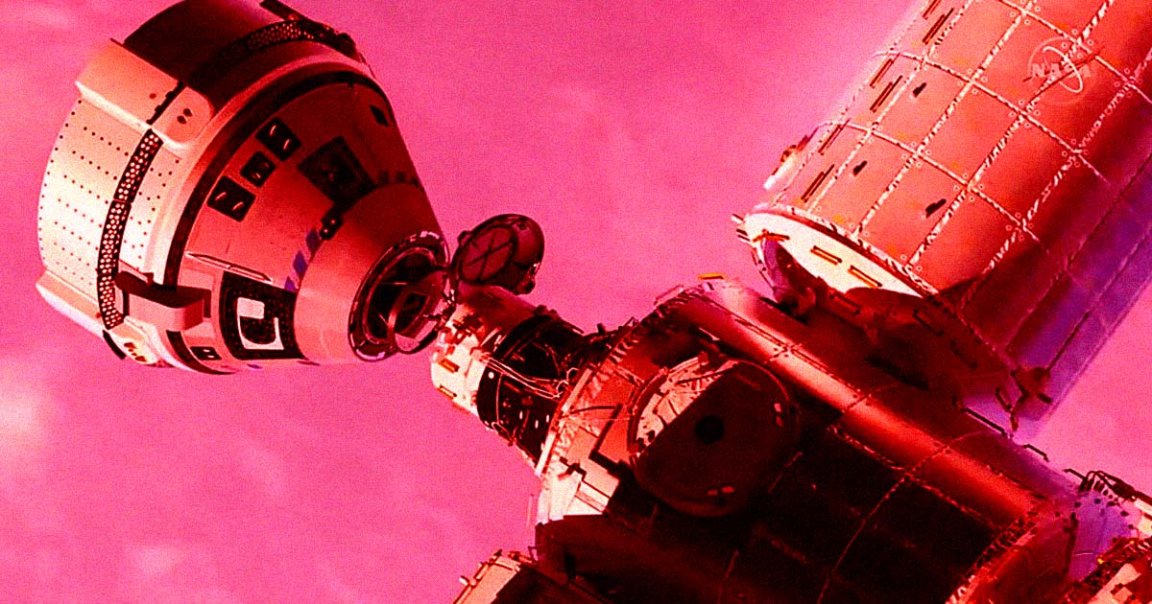
Last month, NASA officially announced that Boeing’s plagued Starliner is returning without a crew on board.
The decision, which came as a black eye to the embattled aerospace giant, means that stranded NASA astronauts Butch Wilmore and Suni Williams will return to the surface on board SpaceX’s Crew-9 mission in February instead.
Later this week, likely on Friday evening, the space agency will attempt to have the faulty spacecraft undock from the International Space Station autonomously and eventually reenter the atmosphere.
And it sounds like NASA will be playing it as safe as possible. With the helium leaks affecting Starliner’s propulsion system, the agency is looking to get the capsule away from the space station as fast as possible to ensure that it doesn’t careen out of control — or, in a worst case scenario hypothesized by experts, even crash into the station.
During a teleconference today, NASA officials laid out the plan. The agency has chosen to have Starliner perform a “breakout burn” which, according to NASA’s Johnson Space Center lead flight director Anthony Vareha, is a “series of 12 burns, each not very large, about one Newton meter per second each.”
“It’s a quicker way away from Station, way less stress on the thrusters,” added NASA commercial crew program manager Steve Stich.
The original plan involved having the spacecraft perform a “dress rehearsal” for a “fly-around inspection” of the space station. That’s something NASA is requiring both Starliner and SpaceX’s Crew Dragon to be able to perform before being certified, as part of its Commercial Crew program.
“The reason we chose doing this breakout burn is simply it gets the vehicle away from Station faster and, without the crew on board, able to take manual control if needed,” Vareha explained. “There’s just a lot less variables we need to account for when we do the breakout burn and allows us to get the vehicle on its trajectory home that much sooner.”
During testing at NASA’s White Sands Test Facility in New Mexico earlier this summer, engineers discovered that a Teflon seal in a valve known as a “poppet” had expanded as it was being heated by the nearby thrusters. The seal was found to significantly constrain the flow of the oxidizer, greatly cutting into the thrusters’ performance.
As a result, NASA is trying to be extremely light on the trigger button during its upcoming attempt to return Starliner.
When asked how confident he was in Starliner’s ability to one day return to space, Stich appeared optimistic.
“We know that the thrusters work well when we don’t command them in a manner that overheats them and gets the poppet to swell on the oxide,” he explained. “We know that the thruster is a viable thruster, it’s a good component,” but the goal is to “not overheat it.”
In other words, the space agency is far from giving up on Starliner, despite an extremely messy and potentially disastrous first crewed test flight.
NASA has openly discussed what it has learned from previous spaceflight disasters. During NASA’s announcement that Starliner would come back empty last month, NASA’s chief of safety and mission assurance Russ DeLoach went as far as to invoke the agency’s fatal Challenger and Columbia shuttle disasters in 1986 and 2003 respectively.
In short, Starliner’s return to the ISS still appears to be on the table, no matter how far off such a mission may be at this point. That of course also depends on how successful NASA is in getting Starliner back on the ground.
The agency will be looking to “fill in some of the gaps we had in qualification,” Stich said, adding that teams are already looking for ways to get Starliner “fully qualified in the future.”
More on Starliner: NASA Engineers Were Disturbed by What Happened When They Tested Starliner’s Thrusters